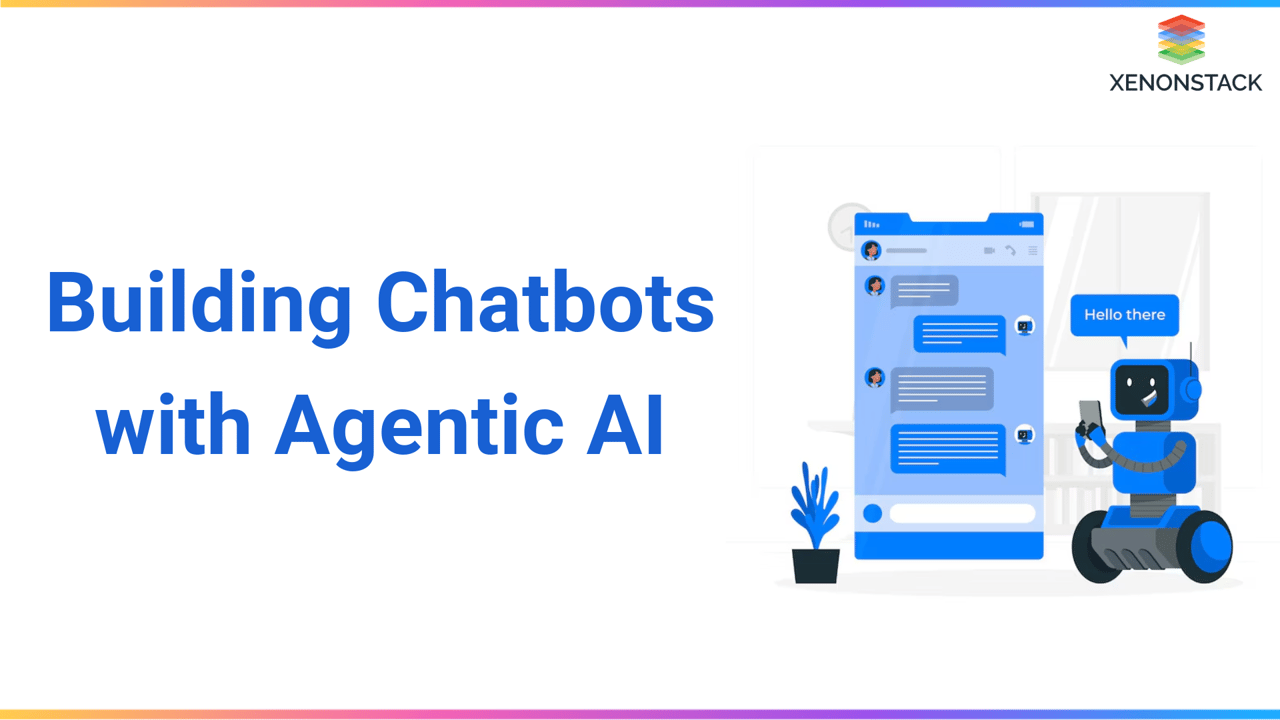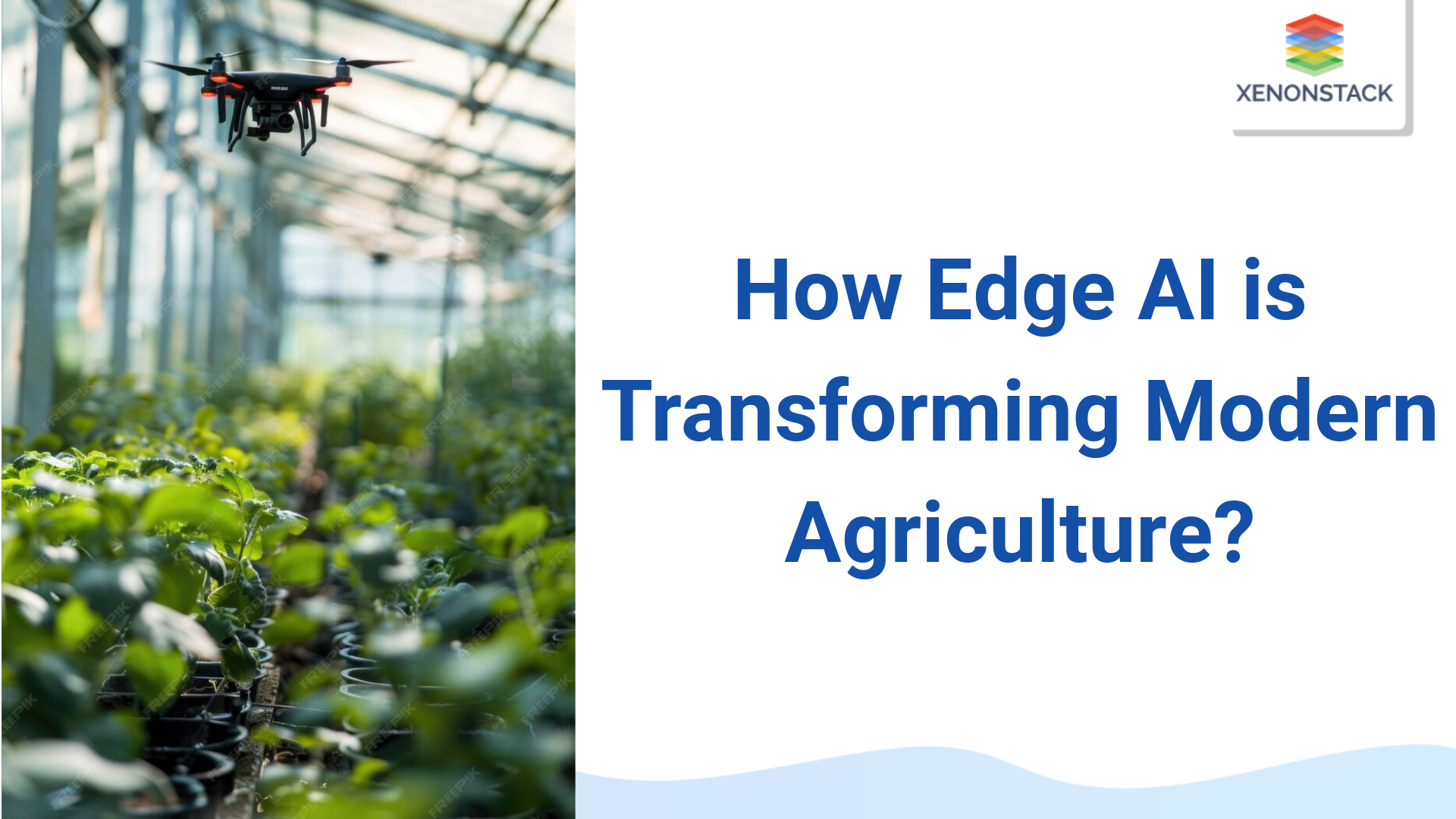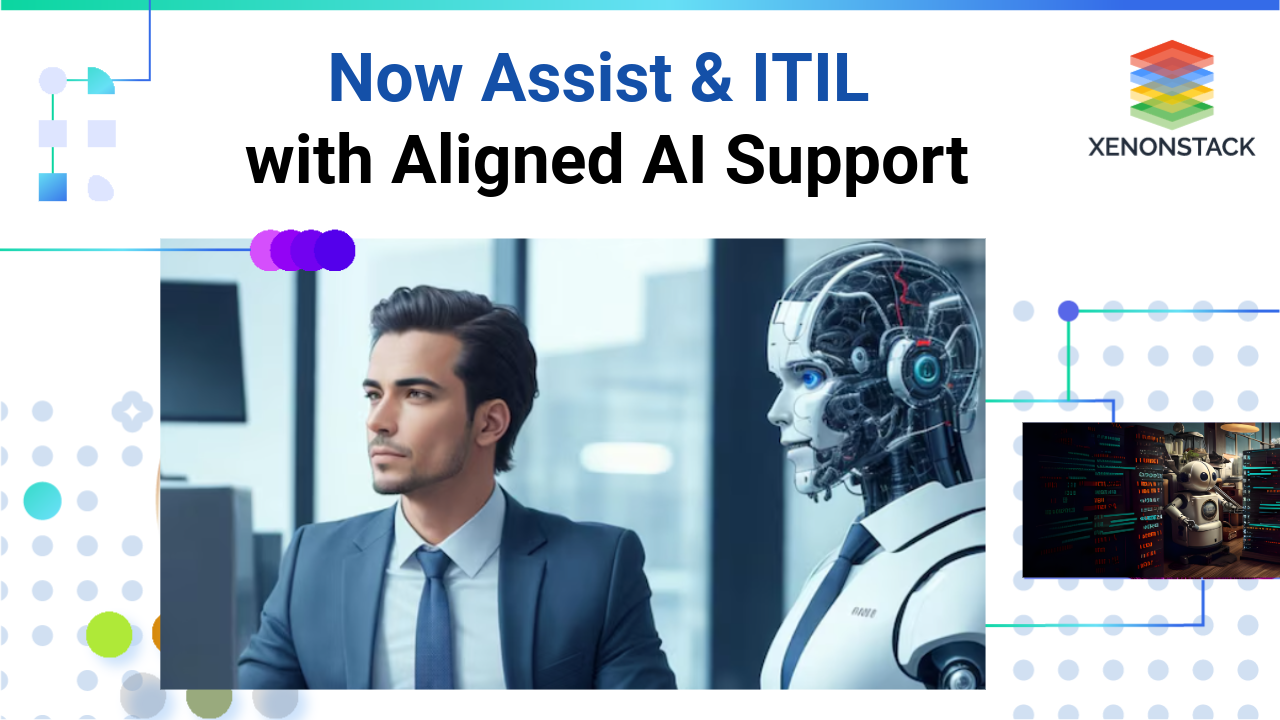
Business Challenges in Building Chatbots
Despite significant advancements in artificial intelligence (AI) and natural language processing (NLP), businesses still encounter challenges when developing and deploying chatbots. Here’s a deeper look at the key obstacles:
-
Limited Predefined Responses in Rule-Based Systems: Rule-based chatbots rely on fixed scripts, making them ineffective at handling unexpected queries and dynamic conversations. This limits their ability to provide personalized or adaptive responses.
-
Integration with Various Platforms (CRMs, APIs, Databases, etc.): Seamless integration with business tools is challenging due to compatibility issues, security risks, and complex API structures. Poor integration leads to fragmented workflows and reduced efficiency.
-
Understanding Complex User Queries and Emotions: Chatbots struggle to interpret multi-intent queries, informal language, and emotional nuances. Misinterpretation of user intent results in frustrating and ineffective interactions.
-
Security Concerns Regarding Sensitive Data Handling: Handling customer data raises risks of breaches, unauthorized access, and non-compliance with data protection laws. Ensuring encrypted communication and secure storage is essential.
-
Lack of Human-Like Intuition and Contextual Understanding: Chatbots cannot recall past interactions or infer intent beyond direct input, making conversations feel robotic. This limitation affects user satisfaction, especially in nuanced discussions.
-
NLP Limitations Affecting Accuracy in Understanding Intent: NLP struggles with sarcasm, homonyms, complex grammar, and voice input inconsistencies. This can lead to miscommunication, requiring human intervention to resolve errors.
Chatbot Workflow with Agentic AI
Chatbots function in three stages:
Sense: Perceiving user input through NLP, speech recognition, or image processing.
Think: Using Agentic AI for reasoning, decision-making, and learning from interactions.
Act: Responding in a natural and human-like manner while adapting future interactions.
Implementation Techniques for Agentic AI Chatbots
To build an Agentic AI-powered chatbot, follow these steps:
-
Real-Time Data Streaming: Process incoming data in real-time to enhance contextual understanding.
-
NLP-Driven Model Creation: Use advanced natural language processing (NLP) techniques for intent recognition and contextual responses.
-
Dynamic Conversational Flow: Implement multi-agent systems to generate adaptive and personalized responses.
-
Automated Process Optimization: Utilize autonomous agents to optimize workflow and improve chatbot efficiency.
-
User Engagement Strategies: Encourage user participation through proactive engagement and learning mechanisms.
Multi-Agent Approach for Building Chatbots with Agentic AI
A chatbot can be developed using multiple AI agents, each responsible for a specific function. Below is a structured multi-agent framework:
 Fig 2: Multi-Agent Architecture for an Agentic AI Chatbot
Fig 2: Multi-Agent Architecture for an Agentic AI Chatbot
|
Agent Name |
Role in Chatbot |
Functionality |
|
NLP Agent |
Understands user input |
Processes text, voice, and intent recognition |
|
Dialogue Manager |
Controls conversation flow |
Maintains context and manages response generation |
|
Knowledge Agent |
Retrieves relevant information |
Connects to databases, APIs, and knowledge graphs |
|
Personalization Agent |
Adapts chatbot responses to user behavior |
Learns from interactions to provide personalized replies |
|
Sentiment Analysis Agent |
Detects user emotions and tone |
Analyzes sentiment and adjusts chatbot response |
|
Security Agent |
Ensures data privacy and compliance |
Detects threats, prevents fraud, and handles sensitive information |
|
Automation Agent |
Executes automated actions based on queries |
Integrates with backend systems to trigger workflows |
Use Cases of Agentic AI Chatbots
Sales & Lead Nurturing - Fully Agentic Chatbots
-
Problem: Businesses struggle to engage leads effectively and convert them into customers.
-
Solution: An AI-powered chatbot automates customer engagement by handling inquiries, qualifying leads, and nurturing them through personalized interactions. It analyzes customer intent, recommends relevant products or services, and follows up with potential clients via automated yet human-like conversations.
-
Value: Increased lead conversion rates, improved customer engagement, and optimized sales processes
HR & Recruitment - Semi-Autonomous Agent Chatbots
-
Problem: HR teams spend too much time screening candidates and scheduling interviews.
-
Solution: The chatbot screens candidates, matches skills to job descriptions, conducts initial assessments, and schedules interviews using AI-driven conversations.
-
Value: Faster hiring process, reduced manual workload, and improved candidate experience.
Customer Support & Maintenance - Memory-Augmented Chatbots
-
Problem: Customers experience long response times and inconsistent support quality.
-
Solution: An AI chatbot provides real-time troubleshooting and support, diagnosing issues, suggesting solutions, and escalating complex problems when needed.
-
Value: Improved response accuracy, reduced resolution time, and enhanced customer satisfaction.
Website & E-commerce Assistance - Tool-Using Chatbots
-
Problem: Customers abandon purchases due to insufficient guidance and product recommendations.
-
Solution: The chatbot assists with product discovery, answers queries, provides personalized recommendations, and facilitates a seamless checkout process.
-
Value: Increased sales, higher user engagement, and improved shopping experience.
Healthcare & Finance - Multi-Agent Chatbot Networks
-
Problem: Managing large volumes of patient inquiries and financial transactions efficiently is challenging.
-
Solution: Chatbots assist patients with medical queries, appointment scheduling, and medication reminders. They provide account inquiries, fraud detection alerts, and investment suggestions in finance.
-
Value: Enhanced service efficiency, improved user trust, and compliance with industry regulations.
Advantages of Agentic AI Chatbots
Agentic AI-powered chatbots have revolutionized human-machine interaction across various industries.
Final Thoughts About Chatbot With Agentic AI
Integrating Agentic AI into chatbots marks the next step in AI-driven customer interaction. By leveraging multi-agent AI architectures, businesses can enhance chatbot capabilities beyond simple rule-based responses, creating intelligent, adaptive, and human-like interactions. As AI technology evolves, Agentic AI-powered chatbots will redefine digital communication, improving customer satisfaction and operational efficiency across industries.
With advancements in autonomous agents, chatbots will seamlessly integrate with enterprise systems, automating complex workflows and decision-making. The continuous learning ability of Agentic AI ensures chatbots become more intuitive, reducing the need for human intervention while enhancing accuracy. As industries move towards AI-first strategies, the role of multi-agent chatbots will expand, shaping the future of conversational AI.
 Fig 1: Traditional Chatbot
Fig 1: Traditional Chatbot



